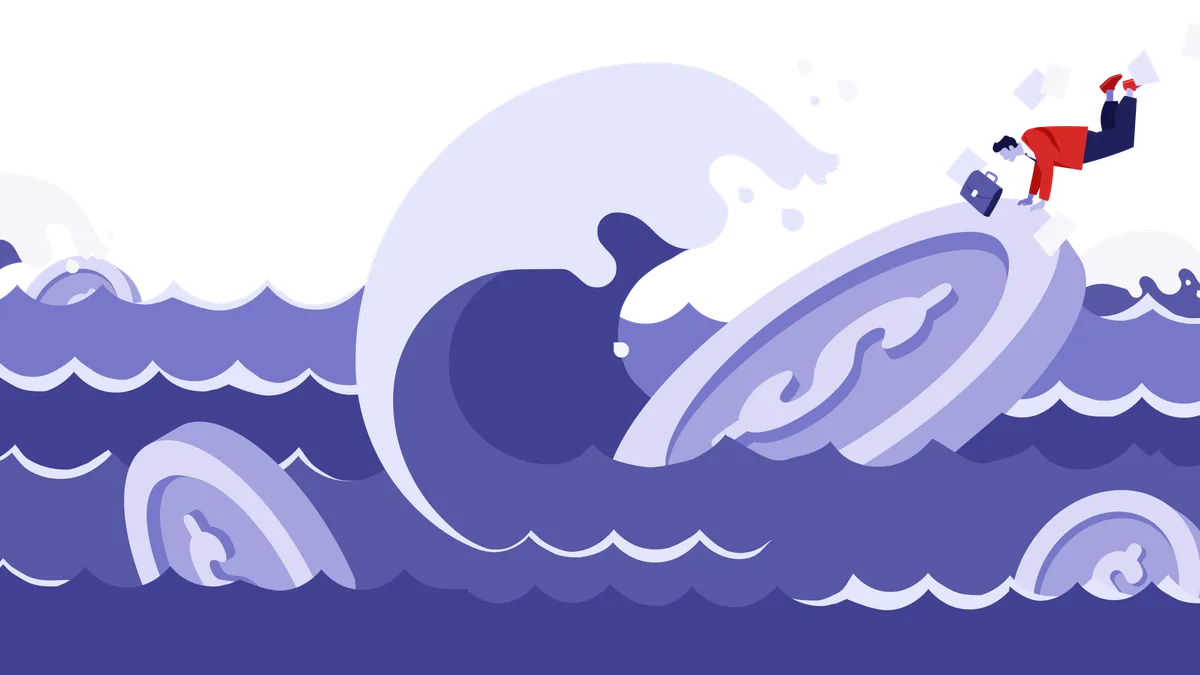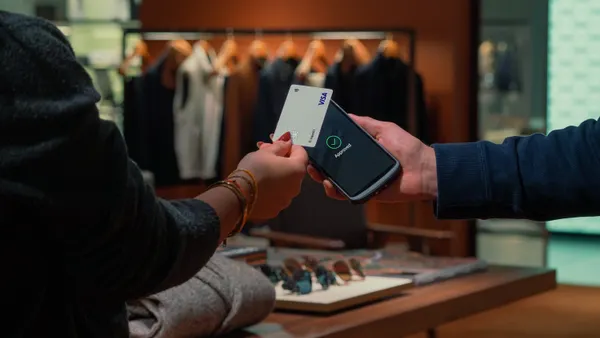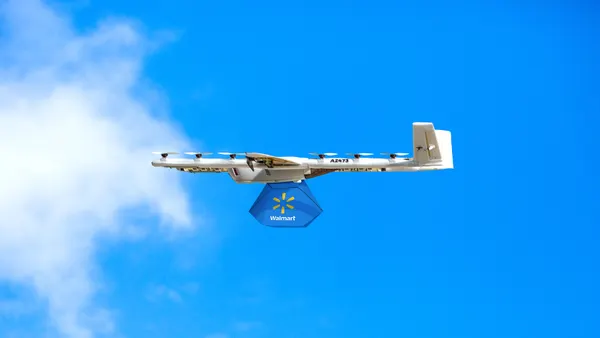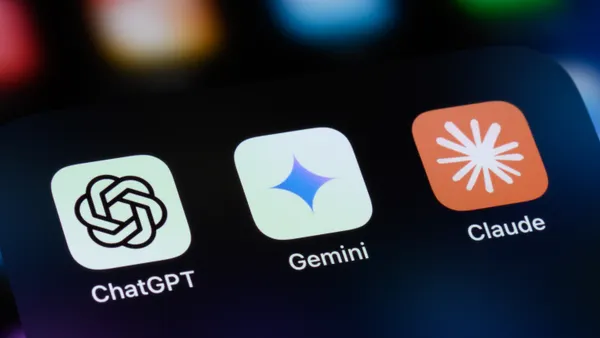Dive Brief:
- Pinterest has widened access to its self-service advertising platform to all small and medium sized businesses across the United States.
- The image-based discovery platform will also increase the number of keywords and interests advertisers can use to promote their products and services, from 30 to 420.
- Pinterest now has more than 100 million users worldwide and a valuation of $11 billion, but so far has not produced a profit.
Dive Insight:
Pinterest is opening its platform to more (and more sophisticated) self-service advertising, much like rival social networks Facebook and Twitter have been doing for the last few years. Now, all small and medium-sized businesses in the U.S. will be able to use the discovery platform’s ad tools.
In beta since June 2014, the self-service platform has attracted thousands of SMB clients, according to Pinterest officials. The system allows users to buy and track ads instantly via the web, and has produced what Pinterest calls a “healthy chunk” of revenue.
Enhanced targeting tools will soon offer 420 areas of interest on the platform (up from just 30) to help advertisers drill down into specific areas of pinning activity and find potential buyers. Pinterest will also help advertisers reach existing customers.
Pinterest’s vast potential lies in the fact that it is a consumer-curated log of individual interests, aspirations and plans. Users (80% of whom are female) can browse vacation destinations, style tips, remodeling ideas or any number of other topics, Pin and organize them on Pinterest boards, and share the boards with other individuals and groups.
With the enhanced capabilities, Pinterest’s image-based discovery engine may finally be on its way to becoming the shopping juggernaut it has long promised to be. Ad revenues grew eightfold in 2015, and the company is targeting $2.8 billion in revenues by 2018—up from just $169 million last year.













